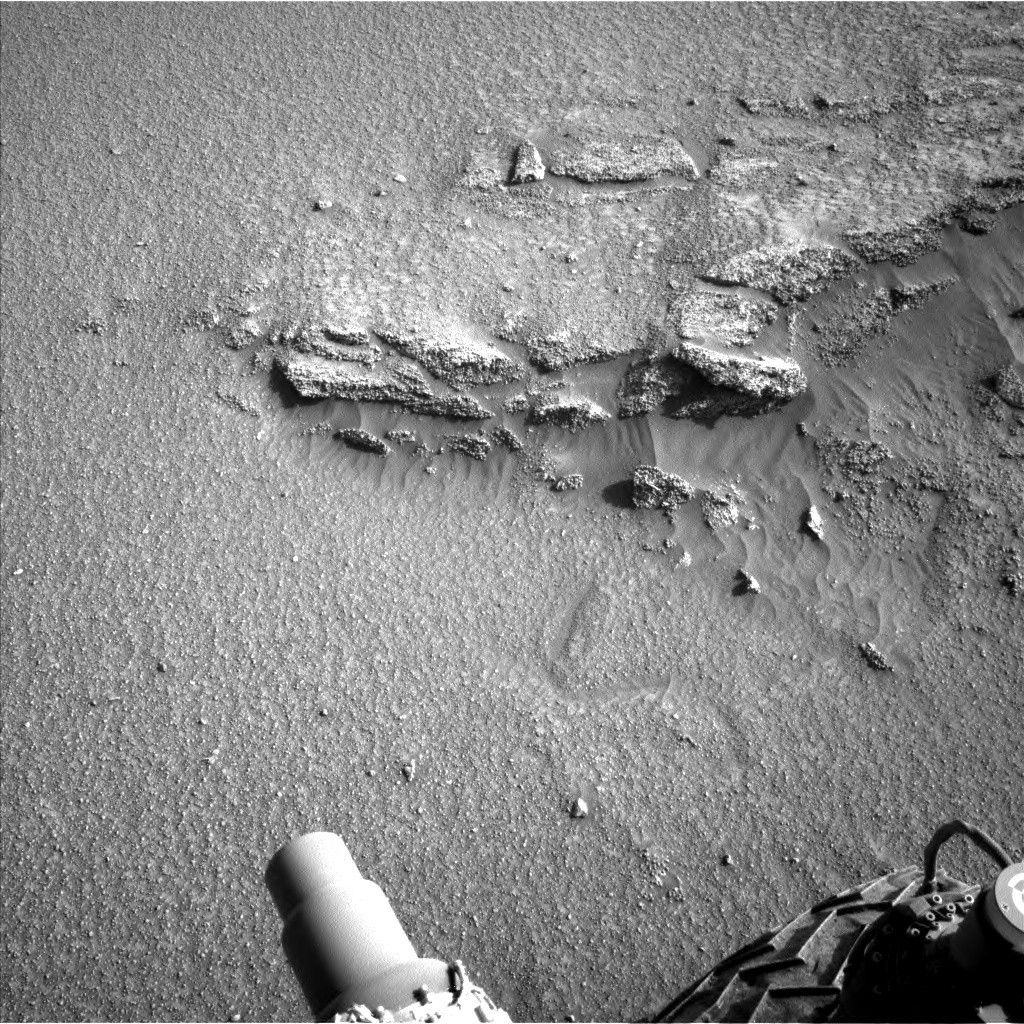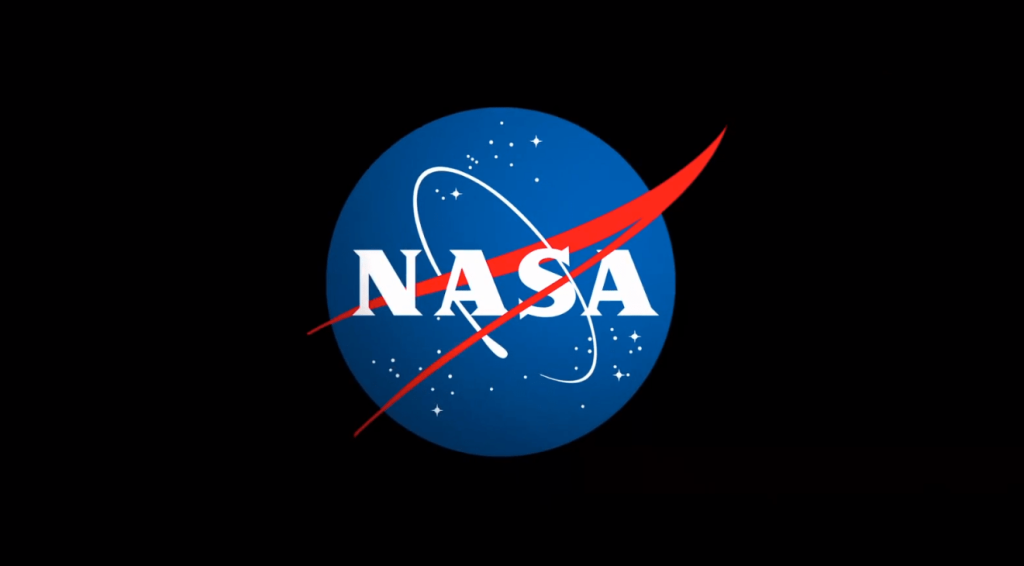Now Reading: 10 Years On: NASA’s New Horizons Reveals Pluto’s Iconic Heart
-
01
10 Years On: NASA’s New Horizons Reveals Pluto’s Iconic Heart
10 Years On: NASA’s New Horizons Reveals Pluto’s Iconic Heart
Fast Summary
- on July 14, 2015, NASA’s New Horizons spacecraft captured the most accurate natural-color image of Pluto.
- The image was created using data from New Horizons’ Multispectral Visible Imaging Camera (MVIC) after refined calibration efforts.
- The portrayal approximates colors as perceived by the human eye, presenting a closer “true color” representation compared to earlier released images.
- Key features visible in the image include Pluto’s icy “heart,” known as Sputnik Planitia, rich in nitrogen and methane.
- Image credit goes to NASA/Johns Hopkins University Applied Physics Laboratory/Southwest Research Institute/Alex Parker.
Indian Opinion Analysis
NASA’s enhanced portrayal of Pluto offers insights into scientific exploration and innovation. For India, notably with its growing space program led by ISRO, such advancements reaffirm the importance of imaging technologies and calibrated data for studying celestial objects. With ambitions like Chandrayaan and Aditya-L1 missions already underway or planned, refining techniques based on global learnings could elevate India’s capabilities further. This progress underscores how international achievements continue to push boundaries in space research-a shared frontier were collaboration or benchmarking benefits all nations pursuing progress in this domain.



























